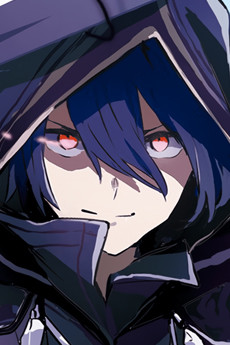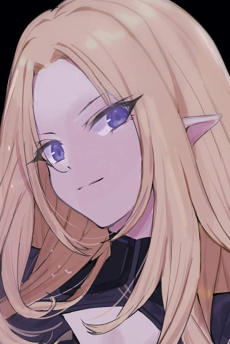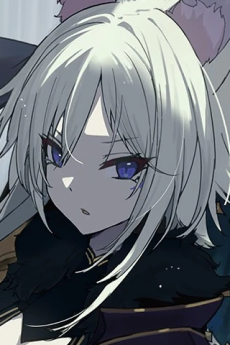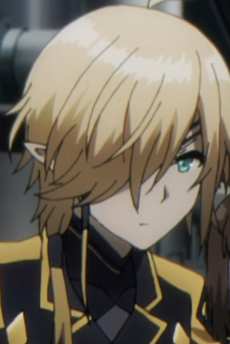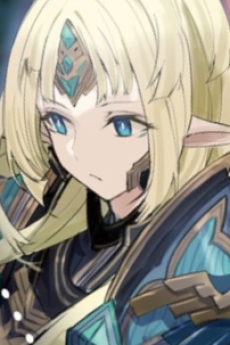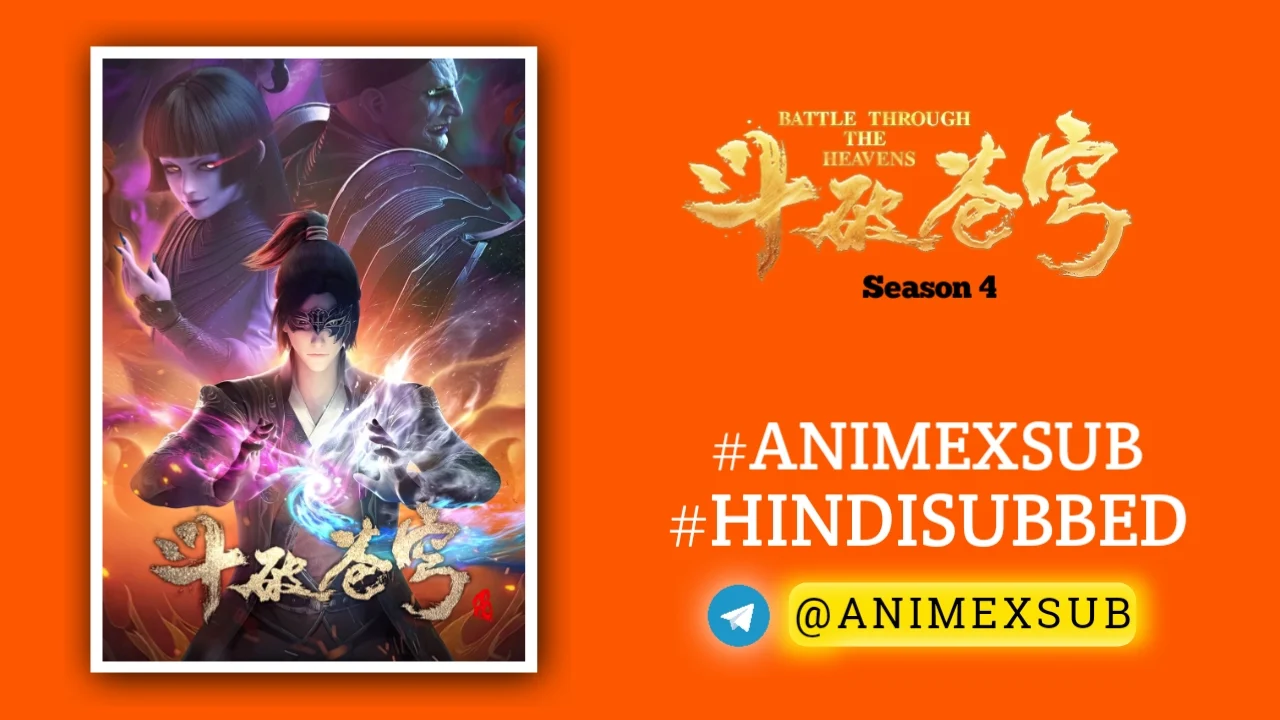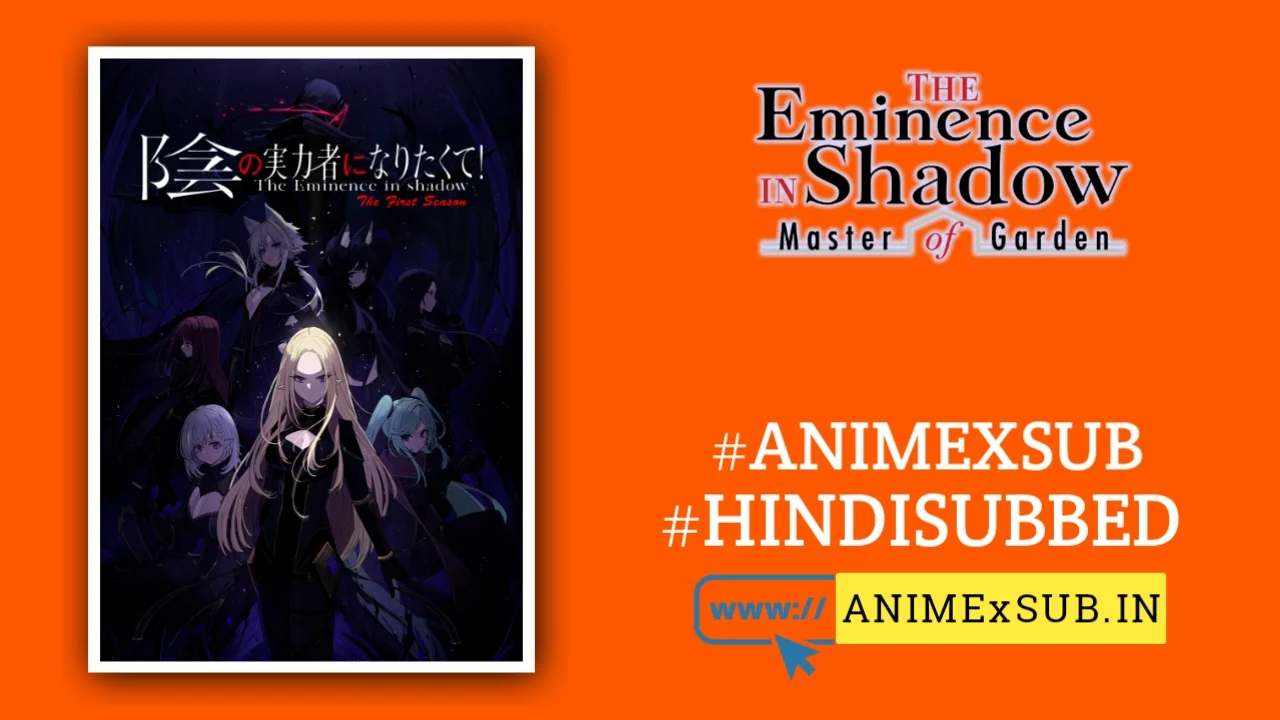
The Eminence in Shadow Season 1 Hindi Subbed [12/12] | Kage no Jitsuryokusha ni Naritakute! Hindi Sub

Kage no Jitsuryokusha ni Naritakute!
The Eminence in ShadowSynopsis
Some people just aren’t suited to playing the part of the flashy, in-your-face hero or the dastardly, mustache-twirling villain with larger-than-life panache. Instead, they operate in the shadows and pull the strings of society through wit and cleverness. That’s the role Cid wants to play when he’s transported to another world. Cid spins a yarn or three and becomes the unlikely leader of the underground Shadow Garden organization that fights against a menacing cult (which he totally made up). However, there’s a catch even his wild imagination didn’t see coming: the cult he concocted actually exists, and they’re beyond displeased that his power fantasy just got in the way of their evil plans! (Source: HIDIVE)
Watch Trailer
Characters
The Eminence in Shadow Season 1: A Masterclass in Subverting Isekai Tropes with Unparalleled Depth
The Eminence in Shadow Season 1, a 2022 anime adaptation of Daisuke Aizawa’s light novel series, directed by Kazuya Nakanishi and produced by Nexus, is a bold and exhilarating entry into the crowded isekai genre. Spanning 20 episodes, this dark fantasy isekai, streamed on HIDIVE, distinguishes itself not by reinventing the wheel but by gleefully dismantling and reconstructing it with a protagonist whose delusions of grandeur become a lens for sharp satire, intricate storytelling, and jaw-dropping action. This article dives deep into why Season 1 is a standout, exploring its narrative ingenuity, character complexity, thematic depth, and technical prowess, while offering fresh perspectives on its subversive brilliance.
A Protagonist Like No Other: Cid Kagenou’s Paradoxical Genius
At the heart of The Eminence in Shadow is Cid Kagenou, formerly Minoru Kageno, a Japanese teenager obsessed with becoming a shadowy puppet master who controls events from behind the scenes. His chūnibyō (delusional adolescent) fantasies drive him to train relentlessly, only to meet an untimely end and be reincarnated into a magical world as Cid, an aristocrat’s son. Here, he crafts an elaborate persona as Shadow, leader of the enigmatic Shadow Garden, to combat a fictional “Cult of Diablos” he invents for his own amusement—only to discover it’s all too real.
Cid is a paradox: an overpowered protagonist who is both self-aware and blissfully ignorant. Unlike typical isekai heroes who stumble into power, Cid’s strength is the result of obsessive preparation in his past life, amplified by the new world’s magic. His refusal to take anything seriously, including his own heroism, sets him apart. He’s not a savior or a villain but a chaotic orchestrator who thrives on theatrics, delivering iconic lines like “I am Atomic” with a mix of absurdity and gravitas that leaves viewers both laughing and awestruck. Cid’s dual life—as a forgettable “mob” character at Midgar Academy and the godlike Shadow—creates a comedic dissonance that’s as refreshing as it is compelling. His deliberate mediocrity as Cid contrasts with his overwhelming power as Shadow, making every reveal a masterstroke of narrative payoff.
Narrative Alchemy: Blending Satire, Action, and Intrigue
The Eminence in Shadow Season 1 is a narrative tightrope walk, balancing satire, action, and intricate world-building without ever feeling overstuffed. The story unfolds across several arcs—Midgar Academy, the Sacred Land of Lynworm, and the Bushin Festival—each escalating the stakes while deepening the mythos of the Cult of Diablos. What begins as Cid’s playful fabrication evolves into a sprawling conspiracy, with Shadow Garden unwittingly dismantling a real threat. The genius lies in how the show plays with perspective: Cid thinks he’s staging a grand performance, but everyone else sees a mastermind unraveling a global cabal.
The series subverts isekai tropes by embracing them with a wink. Familiar elements—harems, overpowered protagonists, tournament arcs—are present but twisted. The harem, embodied by Shadow Garden’s fierce female members like Alpha and Beta, isn’t there for fanservice but to serve Cid’s vision, their loyalty born from his accidental heroism. The tournament arc in the Bushin Festival, where Cid dons the “Mundane Mann” persona, isn’t just a showcase of power but a satirical jab at shonen clichés, culminating in a breathtaking showdown against Iris and Beatrix that redefines spectacle.
The pacing is relentless yet deliberate, with early episodes establishing Cid’s absurdity before diving into complex arcs like the school hostage crisis and the Sanctuary, where ancient secrets and Aurora, the Witch of Calamity, add layers of lore. The show’s ability to pivot from slapstick humor to gut-wrenching drama—such as Rose Oriana’s tragic decision to kill her possessed father—creates an emotional resonance rare in the genre.
Character Depth: Beyond the Archetypes
While Cid steals the spotlight, the supporting cast elevates the narrative. Shadow Garden’s members, particularly Alpha and Beta, are not mere waifus but warriors with their own agency, their backstories tied to the Cult’s experiments. Alpha’s resemblance to the legendary knight Oliviya hints at deeper connections to the world’s history, while Beta’s subtle manipulations as Natsume add intrigue. Alexia Midgar, the tsundere princess, subverts her archetype by using Cid for her own political ends, her pragmatism making her a standout. Rose Oriana’s arc, culminating in her joining Shadow Garden as Number 666, is a heartbreaking study in sacrifice and resolve.
Even secondary characters like Sherry, whose adoptive father Lutheran’s betrayal ties into the Cult’s schemes, are given moments of complexity. The show’s ability to make viewers care about these “side characters” in Cid’s self-constructed narrative underscores its storytelling prowess. However, some critics note that the female characters, despite their strength, occasionally lack screen time, overshadowed by Cid’s dominance. This is a minor flaw in an otherwise rich ensemble.
Thematic Resonance: Power, Identity, and Perception
The Eminence in Shadow explores profound themes through its absurd lens. Cid’s obsession with being a “background character” who secretly controls everything is a meditation on identity and self-perception. He’s simultaneously the most powerful and least self-aware character, embodying the gap between how we see ourselves and how others perceive us. The show questions whether power lies in strength or in the narrative one crafts—a theme mirrored in the Cult’s manipulation of history and Shadow Garden’s counter-narrative.
The series also critiques the isekai genre itself. By making Cid’s delusions the driving force, it pokes fun at the power fantasies that define the genre while delivering one of the most satisfying versions of it. The interplay between Cid’s fabricated reality and the actual stakes of the Cult of Diablos creates a meta-commentary on storytelling, where the line between fiction and reality blurs.
Technical Brilliance: Animation and Sound Design
Nexus’s animation is a standout, particularly in the fight scenes. While not consistently groundbreaking, the action sequences—especially Shadow’s battles—are visual feasts, blending fluid choreography with magical flair. The Bushin Festival’s climactic fight, where Cid’s magic engulfs an entire city, is a testament to the studio’s ability to scale spectacle without losing clarity. The color palette, with its moody shadows and vibrant magical effects, complements the tone perfectly.
The sound design is equally impressive, with a soundtrack that shifts from haunting piano melodies (Cid’s piano scene with Rose) to pulse-pounding battle themes. Voice acting, particularly Seiichiro Yamashita’s performance as Cid, captures the character’s blend of deadpan humor and unhinged charisma. The English dub, available on HIDIVE, also earns praise for preserving the tone, with Adam Gibbs nailing Cid’s duality.
A Few Shadows: Minor Critiques
No series is flawless, and The Eminence in Shadow has its share of critiques. The world-building, while intriguing, sometimes takes a backseat to Cid’s antics, leaving viewers wanting more details about the Cult or the magical system. Some arcs, like the early Midgar Academy episodes, can feel episodic before the larger narrative coalesces. Additionally, the humor, rooted in Cid’s chūnibyō absurdity, may not land for all viewers, especially those unfamiliar with the trope. Yet these are minor in the face of the show’s ambition and execution.
Why It Stands Out: A Genre-Defying Triumph
The Eminence in Shadow Season 1 is a triumph because it dares to be different. It takes the isekai formula—overpowered hero, fantasy world, harem dynamics—and infuses it with self-aware humor, layered storytelling, and a protagonist who’s as much a parody as he is a powerhouse. Cid Kagenou is the show’s secret weapon, his delusional charisma anchoring a narrative that’s equal parts hilarious and epic. The series doesn’t just entertain; it challenges viewers to question the nature of heroism, power, and reality itself.
For fans of isekai, action, or character-driven stories, Season 1 is a must-watch, offering a fresh take on a familiar genre. Its blend of satire, spectacle, and surprising emotional depth makes it a standout in 2022’s anime landscape, setting the stage for an even grander Season 2. Whether you’re drawn to the mind-blowing battles, the intricate plot, or Cid’s unapologetic theatrics, The Eminence in Shadow proves that even in a crowded genre, there’s room for something truly extraordinary.
Support Our Anime Community!
Love watching the latest anime? Help us keep uploading new episodes by join telegram channel ❤️
Join Now!